JAJSKM6 november 2020 TLV6700-Q1
PRODUCTION DATA
- 1
- 1 特長
- 2 アプリケーション
- 3 概要
- 4 Revision History
- 5 Device Comparison Table
- 6 Pin Configuration and Functions
- 7 Specifications
- 8 Detailed Description
- 9 Application and Implementation
- 10Power Supply Recommendations
- 11Layout
- 12Device and Documentation Support
- 13Mechanical, Packaging, and Orderable Information
パッケージ・オプション
メカニカル・データ(パッケージ|ピン)
サーマルパッド・メカニカル・データ
発注情報
7.9 Typical Characteristics
at TJ = 25°C and VDD = 5 V (unless otherwise noted)

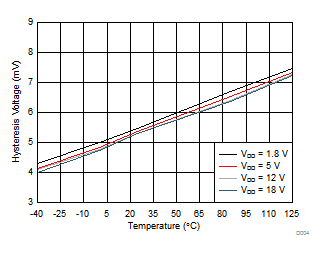
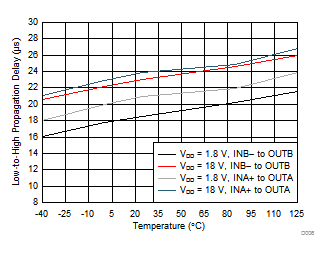
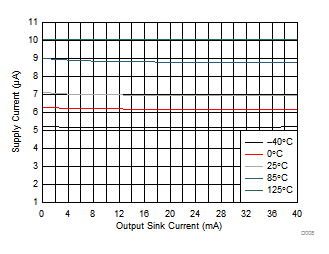

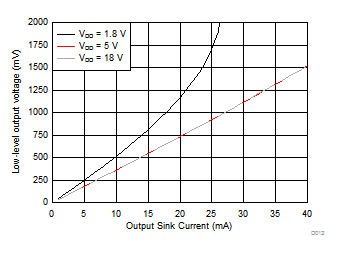
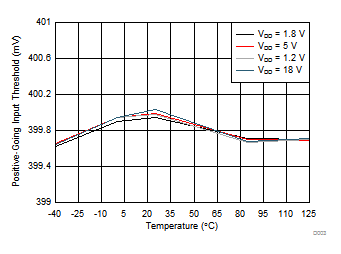
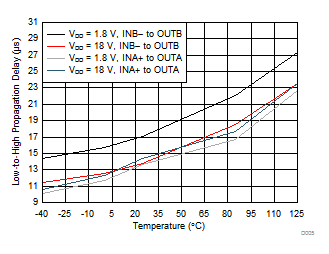

| INA+ = negative spike below VIT– | ||
| INB– = positive spike above VIT+ |


